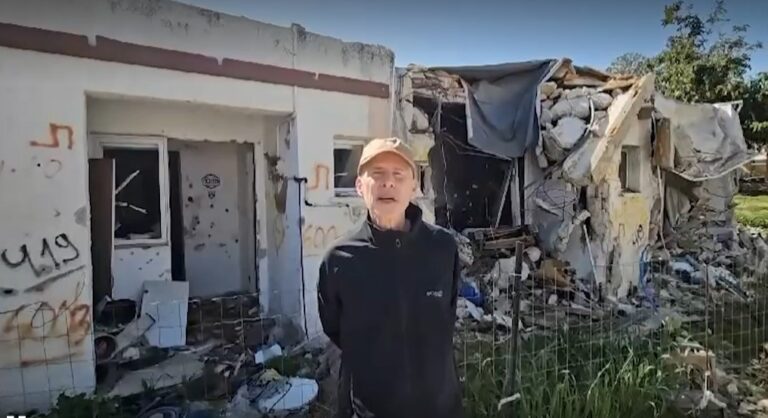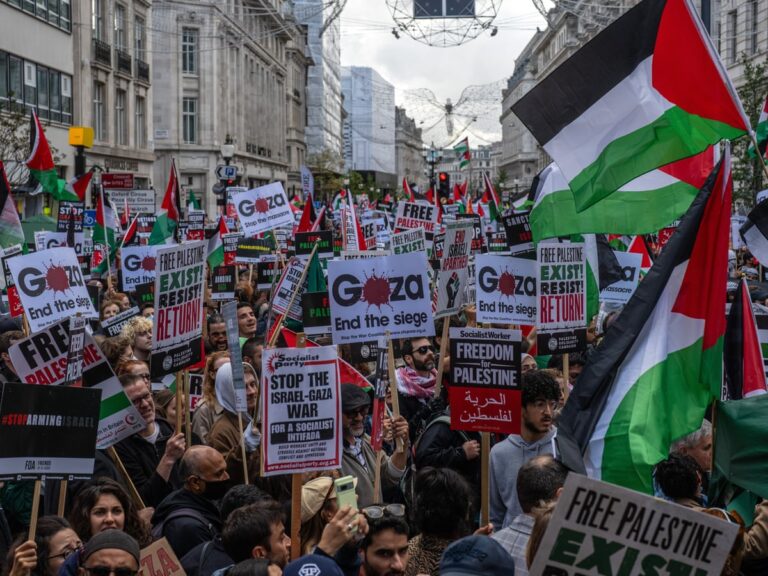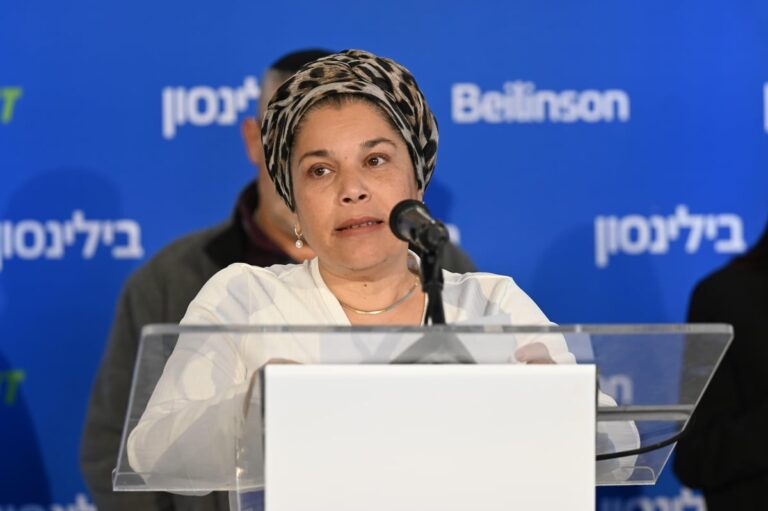Security officials testifying at Congress’ first hearing on the deadly siege of the Capitol cast blame and pointed fingers on Tuesday but also acknowledged they were woefully unprepared for the violence.
Senators drilled down on the stunning security failure and missed warning signs as rioters loyal to former President Donald Trump stormed the Capitol on Jan. 6, in a misguided attempt to stop lawmakers from certifying President Joe Biden’s election.
Five people died in the attack, including a Capitol Police officer. The security officials lost their jobs, and Trump was impeached by the House on a charge of inciting the insurrection, the deadliest attack on Congress in 200 years. Trump was ultimately acquitted by the Senate.
Here are some takeaways from the testimony:
FAILURE TO COMMUNICATE
Intelligence warnings of an armed uprising by extremist groups heading to the Capitol didn’t rise to the level of alarm — or even get passed up the chain of command — in time for the Jan. 6 attack.
Crucially, a key warning flare from the FBI field office in Norfolk, Virginia, of a “war” on the Capitol was sent the night before to the Capitol Police’s intelligence division. But then-Capitol Police Chief Steven Sund testified that he only learned about it the day before Tuesday’s hearing.
Instead, Sund said he was bracing for demonstrations on par with other armed protests by mobs of Trump’s supporters in the nation’s capital in November and December after the presidential election.
“No entity, including the FBI, provided any intelligence indicating that there would be a coordinated violent attack on the United States Capitol by thousands of well-equipped armed insurrectionists,” he testified in written remarks about a conference call the day before the attack.
The Democratic chair of the Senate Homeland Security Committee, Sen. Gary Peters of Michigan, said, “There was a failure to take this threat more seriously.”
HE SAID, HE SAID
As hundreds of rioters stormed the Capitol, breaking into the iconic building’s windows and doors, sometimes in hand-to-hand combat with police, there are conflicting accounts from the security officials over what happened next.
Sund, who had raised the idea of calling on the National Guard for backup days earlier, specifically recounted a 1:09 p.m. phone call he made to the then-sergeant-at-arms of the House, Paul Irving, his superior, requesting National Guard troops.
Sund said he was told they would run it up the chain of command.
Irving said he has no recollection of the conversation at that time and instead recalls a conversation nearly 20 minutes later. He said the 1:09 p.m. call does not show up on his cellphone log.
As the riot escalated, Sund was “pleading” with Army officials for Guard troops in another phone call, testified Robert Contee III, the acting chief of the Washington, D.C., Metropolitan Police Department, whose officers had arrived for backup.
Contee said he was “stunned” at the delayed response from the military.
Defense Department officials have said they offered National Guard troops days earlier but were rebuffed. Pentagon officials are scheduled to testify to the Senate next week.
COMMON FACTS: ‘A PLANNED INSURRECTION’
At the start of the hearing, coming 10 days after Trump was acquitted by the Senate on the impeachment charge of inciting the insurrection, some common facts were agreed to.
Democratic Sen. Amy Klobuchar of Minnesota, the chair of the Rules Committee, asked the security officials if there was any doubt the riot was a planned attack and carried out by white nationalist and extremist groups.
None of the witnesses disputed the characterization of the facts of Jan. 6.
Republican Sen. Ron Johnson of Wisconsin read an alternative account, of mostly peaceful protesters festive that day, that he encouraged colleagues to consider.
But in closing, Klobuchar restated the testimony: “There was clear agreement this was a planned insurrection.”
ONE OFFICER’S PERSONAL STORY
The hearing opened with Capitol Police Capt. Carneysha Mendoza, a 19-year veteran of the force, delivering a compelling personal account of being called at home that day as she was spending time with her 10-year-old before the start of her shift.
She rushed to the Capitol only to find “the worst of the worst” scene of her career.
A former Army veteran, she recounted the deadly mayhem, fending off rioters inside the building’s stately Rotunda, inhaling gas and suffering chemical burns to her face she said still have not healed. Her Fitbit recorded four hours of sustained activity, she said.
The next night and following day she spent at the hospital consoling the family of Officer Brian Sicknick, who died after the attack.
“As an American, and as an Army veteran, it’s sad to see us attacked by our fellow citizens,” Mendoza told the senators.
TRUMP’S SHADOW
The former president was hardly a presence at the first hearing.
Instead, senators largely set aside their sharply partisan ways to drill down on the facts of what happened that day — on how to prevent it from happening again.
Sen. Alex Padilla, D-Calif., pointedly asked for the name of the commander in chief of the armed forces that day who was ultimately responsible for the military and security of the country. That drew out the former president’s name.
Among the senators on the panels are two of Trump’s staunch allies who led the effort to overturn Biden’s election victory — Sen. Josh Hawley, R-Mo., and Sen. Ted Cruz, R-Texas.
(AP)











